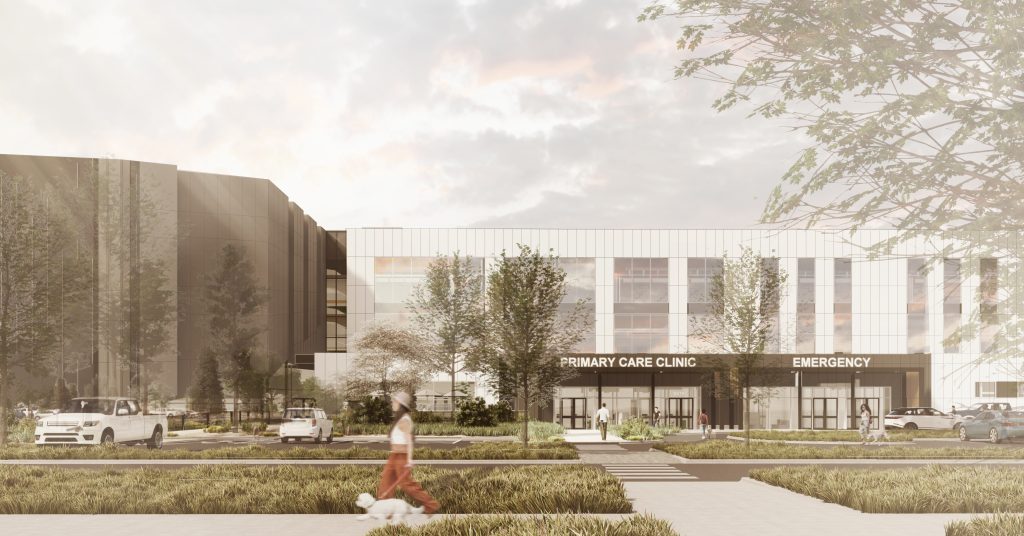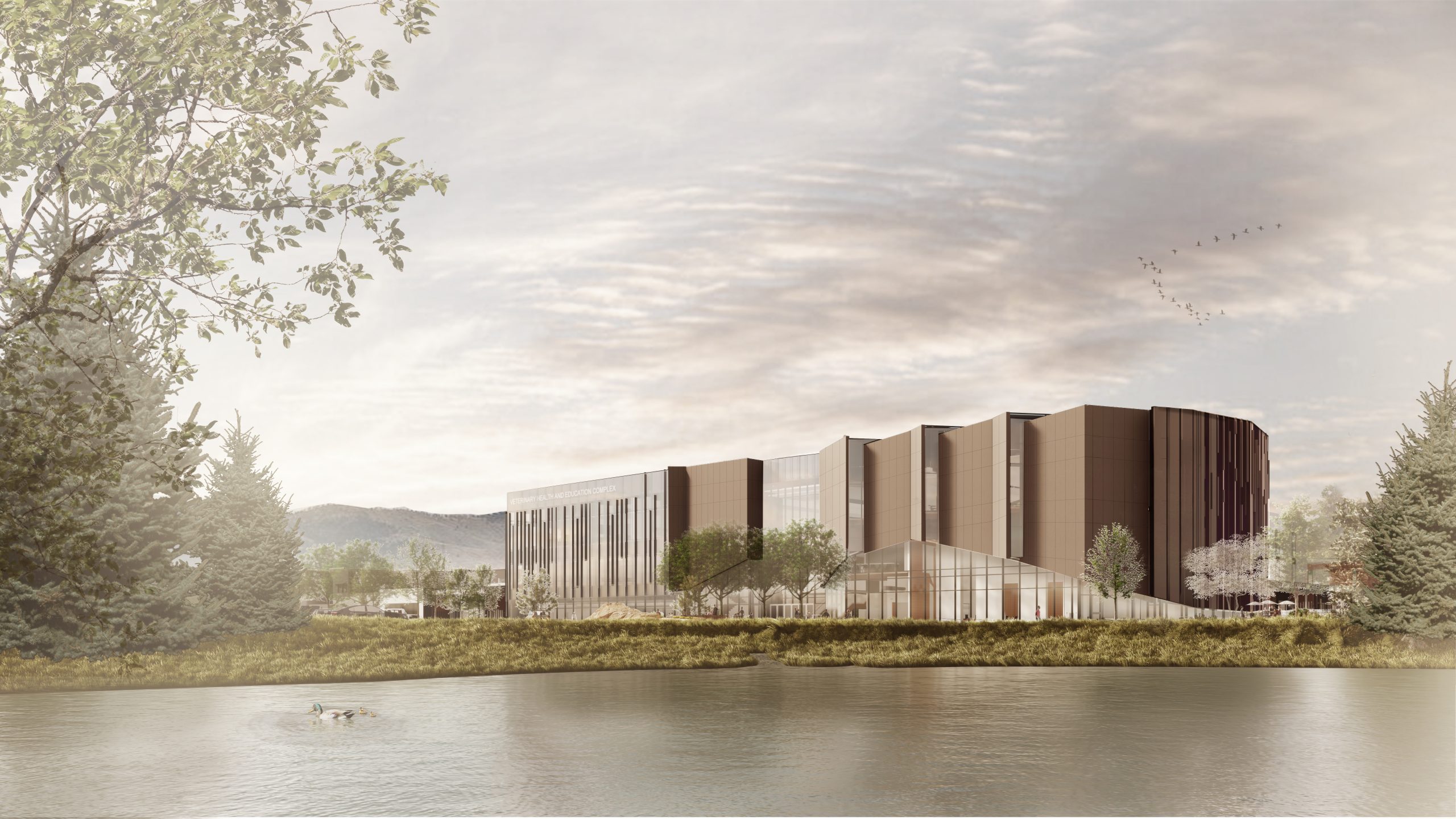Colorado State University’s College of Veterinary Medicine and Biomedical Sciences is preparing to break ground on construction to expand their current facilities. CSU announced plans to devote $230 million to the project, which is expected to be completed in phases. The funding is being supplied through private donations, state funding, university bonds and other university resources.
Dr. Sue VandeWoude, DVM, dean of the College of Veterinary Medicine and Biomedical Sciences, said the first phase, which consists of new construction, is expected to be completed in 2026. A new, state-of-the-art building that will be called the Veterinary Health and Education Complex is the main focus of this phase and will include an expanded primary care clinic, veterinary education center and a new Livestock Veterinary Hospital—which is expected to open in 2025. This complex will adjoin the existing Johnson Family Equine Hospital.
The long-standing James L. Voss Veterinary Teaching Hospital, which was built in 1978, will undergo a remodel in the second phase of the plan and become an animal specialty hospital—which will provide emergency and critical care, cardiovascular, surgical, orthopedic and rehabilitation programs. This will also expand the Flint Animal Cancer Center. Furthermore, the existing livestock clinical and teaching space will be replaced by a new facility adjacent to the Johnson Family Equine Hospital.

“The reason we’re doing this is because it will really enable us to give the students training opportunities under supervision of our faculty,” VandeWoude said. “That should better equip them to start their jobs when they graduate more prepared to do the things they’re going to be called upon to do.”
VandeWoude said the new CSU vet school will be unique because it will have a primary care center and an education complex that are directly linked to a referral center.
“One thing that I hope is we can integrate those capacities so that our students also learn what’s the role of a primary practitioner and when does that turn into something that a specialist needs to do,” she said. “And I hope we can have more collaboration between those two arms and to really train our students to be cutting-edge practitioners.”
Redesigned campus and curriculum
The new Veterinary Health and Education Complex will expand the facility space by 300,000-plus square feet. This will double the size of the teaching hospital and allow the school to admit 30 new students in each year’s DVM class—growing the class size to 168 students. In just four years of admitting an additional 30 students, CSU can educate another 120 students who would not have been through the program at the smaller class size. VandeWoude hopes this will provide some long-term relief to the current veterinary shortage.
“It doesn’t seem like a tremendous amount to increase the number of veterinarians for shortage areas, but we also hope to train our students to become more efficient and effective from the day they graduate so they’ll be able to bring more capacity with them out into the field,” she said.
According to CSU, the new facilities are designed to train “day one-ready” veterinarians. Larger facilities will provide more opportunities for students to learn by doing, which will prepare them for future careers as veterinarians.
“Instead of most of the learning coming from the students sitting in a classroom and listening to the clinicians talk to them for an hour and a half a day or 30 to 40 hours a week, they will be getting a little bit of instruction, but they’ll be working in small groups and then they’ll be able to go down to the clinic and practice the things that they’re learning about in class.”

Currently, first- and second-year veterinary students take classes at the main campus, while upperclassmen study on the South campus, but with the extensive renovations all the veterinary students will be able to study together at the South campus, bringing the CSU veterinary community together to learn and collaborate with each other. CSU has also redesigned their veterinary curriculum to better prepare students for their careers once they graduate. Apart from medical training, the program will also focus on critical thinking in real cases, conflict resolution, decision-making, and mental, physical and financial welfare.
“We know that veterinarians, along with many other professionals have a higher incidence of depression and mental health challenges,” VandeWoude said. “Our new graduates haven’t had all the experiences that they’re going to be facing when they get out into practice and unlike medical doctors, veterinarians can graduate, get a license and start practicing immediately. We really want to prepare them for some of the challenges they’re going to be faced with in a safe environment. Then when they get out into the quote-unquote, real world, they will be better prepared with communication and technical skills so it isn’t overwhelming and they can be more successful not only as veterinarians, but also in their personal lives.”
VandeWoude said the upgrades to the facilities will also enable the CSU vet school to better serve individuals who cannot afford medical treatment for their animals, have special needs or just do not have access to veterinary care where they live.
“I’m really excited that we’ll now be able to better serve our students, the public and advanced veterinary medicine and I’m thankful for all the people who’ve put in lots of hours to put this together because it’s been a tremendous amount of work for our faculty, staff, people within the state and the architects and engineers,” she said.
Lacey Vilhauer can be reached at 620-227-1871 or [email protected].




